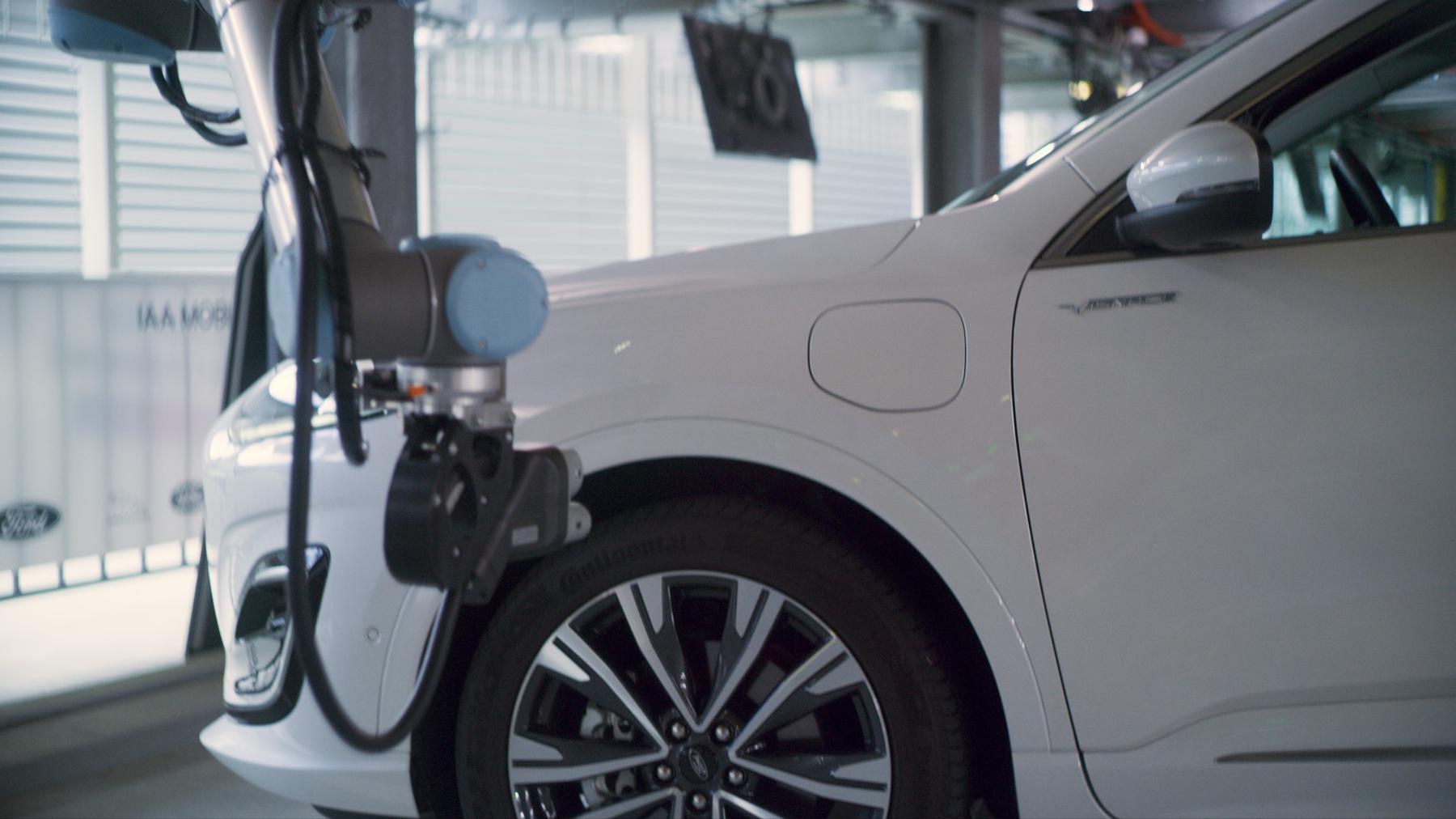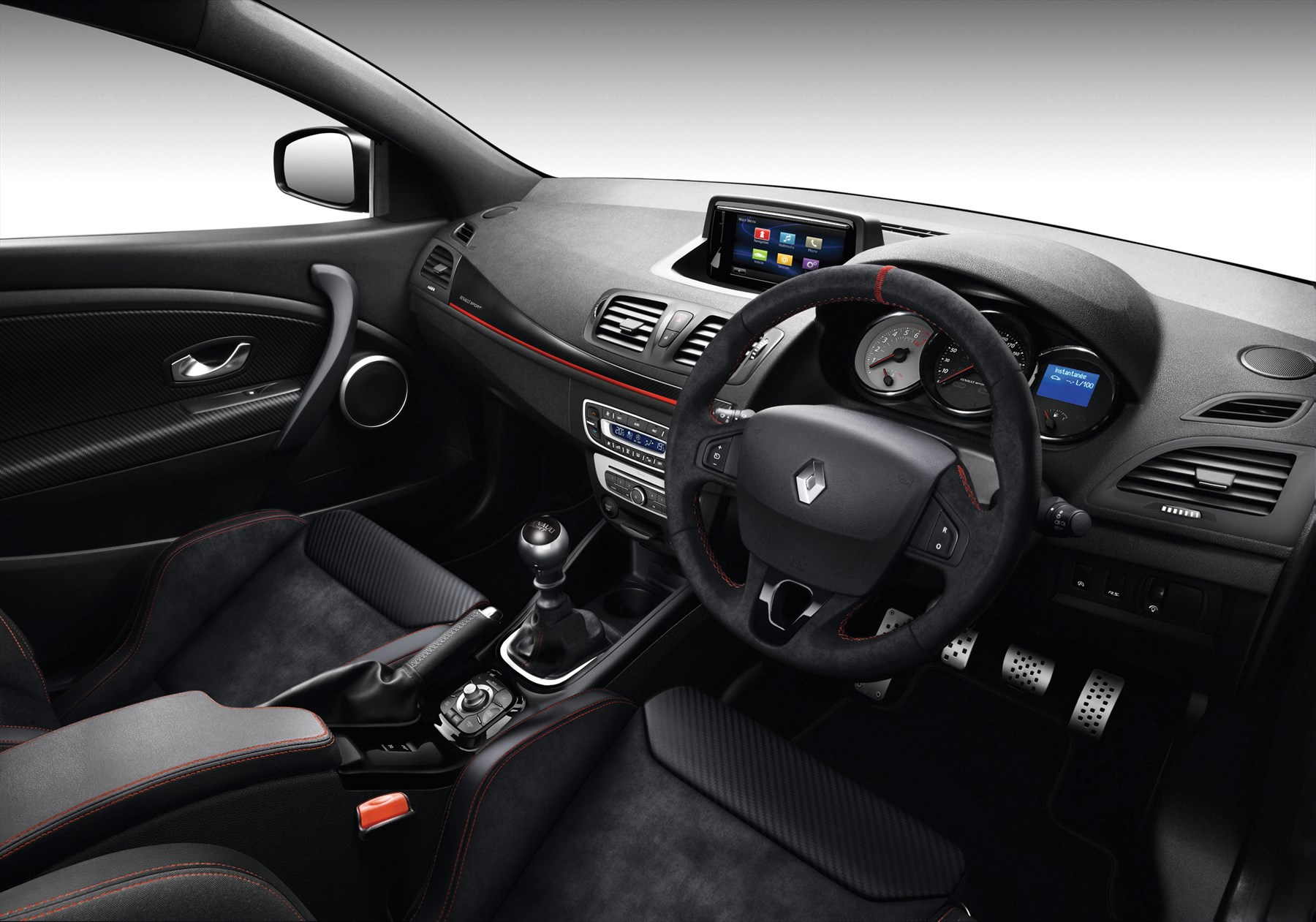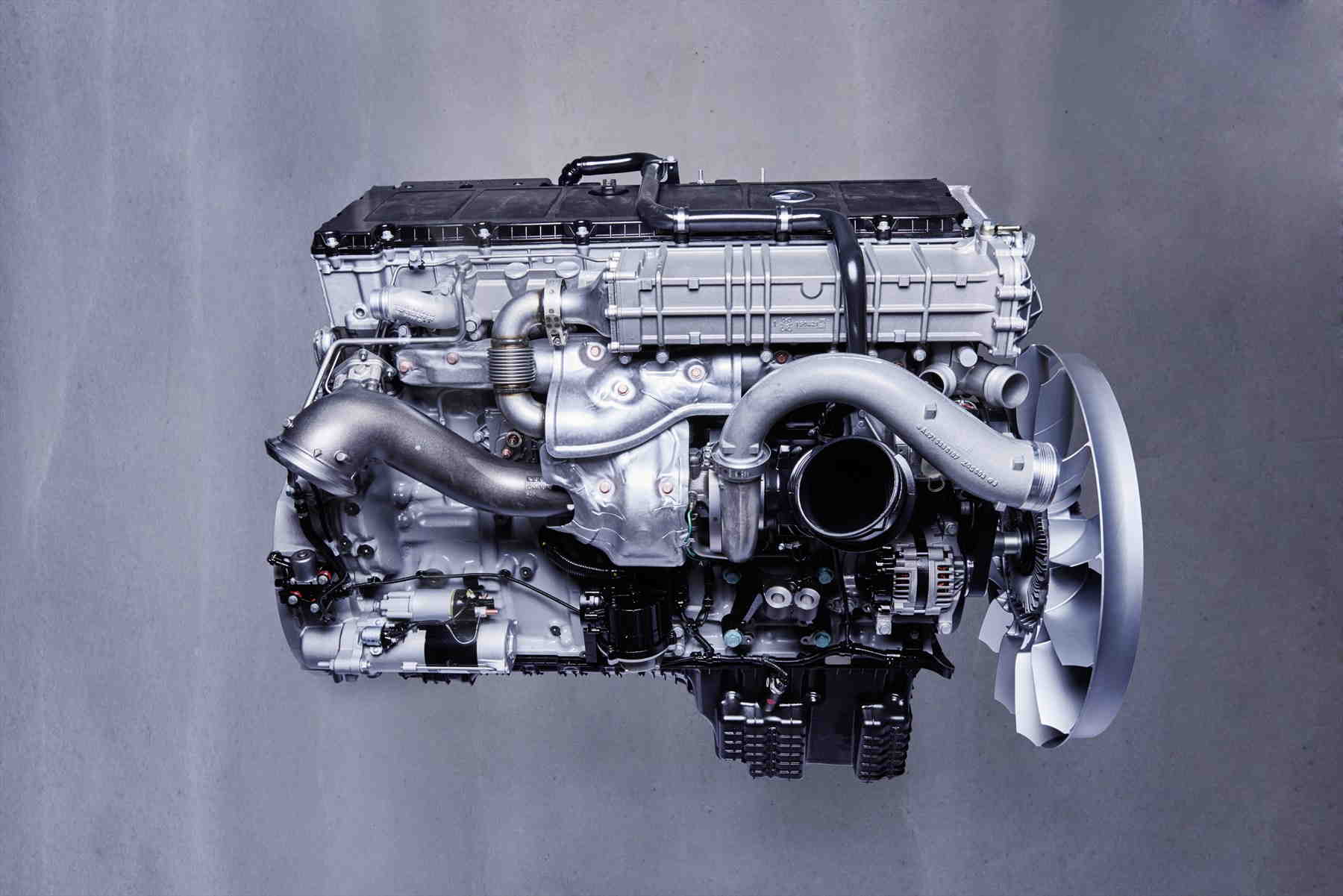Ford takes parking to the next level with automated valet parking
The search for a parking space can be a daunting endeavour, and when a space is found, it might be a tight squeeze to get the vehicle in. The solution? Leave that work to the vehicle.
As part of a German Association of the Automobile Industry collaboration, Ford has partnered with infrastructure providers and technology companies, including Bosch, to demonstrate the potential for a connected vehicle to communicate with the car park infrastructure to not only find a space but to park itself too. Automated Valet Parking enables drivers to use an app to send the vehicle into an automated parking manoeuvre – all from outside the vehicle.
The technology, currently in the research and demonstration phase, takes the stress out of parking and could be extended to enable drivers to send the vehicle to a car wash or charging station; or even have parcels delivered to the vehicle in the car park. Ford will demonstrate Automated Valet Parking at IAA in Munich, running from September 6-12.
In Europe, a standard parking space is 2.44 metres by 4.88 metres. But while vehicles have become increasingly larger over the years, many parking spaces have stayed the same size. Automated Valet Parking could enable up to 20 percent more vehicles to be parked in a car park – without the potential for damage resulting from vehicles parking too close to each other or occupants opening doors against other vehicles.
How the automated valet parking works
With Automated Valet Parking, sensor technology set up in the car park takes over the control of the vehicle and manages all the traffic inside the parking area. This is done via vehicle-to-infrastructure communication.
The car park sensors recognise and localise the vehicle to guide its parking manoeuvre. If the infrastructure senses something in the vehicle’s path, such as a pedestrian, vehicle or hazard, it stops the vehicle immediately. Upon arriving at the car park, the driver leaves the vehicle in a designated area and uses the FordPass app to start the automated guidance to a free parking space.*
When the car is parked, it could also become a personal parcel drop-off point, with delivery companies accessing the vehicle to leave parcels in the boot. In the future, further connected services could be developed to offer more convenience and benefits to customers.
Drivers use the FordPass app to request the return of the vehicle to the designated area, expediting the pick-up experience and enabling the driver and passengers to comfortably enter the vehicle. This saves any long walks through large car parks or the potential problem of trying to find the vehicle again.
The solution can be deployed by installing sensors into established car parks or with embedded infrastructure planned into the construction of new car parks that enables optimised design for maximum capacity.
It would be suitable for vehicles already on the road which have automatic transmission, Electronic Stability Control, an electric park-brake and assisted steering. All that the vehicle additionally requires is a smart communication unit for Automated Valet Parking.
This follows Ford’s announcement on August 4, 2021, of the opening of the Detroit Smart Parking Lab (DSPL) next month; a unique facility providing a physical environment for testing advanced technologies in parking, logistics and electric vehicle charging. It will be open for collaboration with pioneers in these areas to simulate real-world scenarios.
Article by QuickPic.









